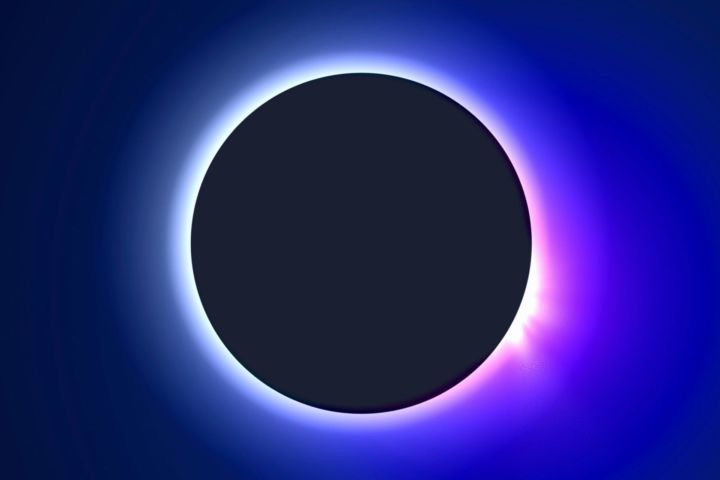
On August 21, “a total eclipse of the Sun [will be] visible from within a narrow corridor that traverses the United States of America,” the space agency writes. “The path of the Moon’s umbral shadow begins in northern Pacific and crosses the USA from west to east through parts of the following states: Oregon, Idaho, Montana, Wyoming, Nebraska, Kansas, Missouri, Illinois, Kentucky, Tennessee, North Carolina, Georgia, and South Carolina,” NASA continues. “The Moon’s penumbral shadow produces a partial eclipse visible from a much larger region covering most of North America.”
In Oregon, where the eclipse is to start, organizers have already begun making plans for the Oregon SolarFest, and calling the event “a rare, mind-blowing cosmic experience.” Indeed, the historical eclipse is said to be the first total eclipse visible exclusively in the U.S. since the nation’s founding in 1776. Moreover, for the first time in nearly a century (99 years to be exact), this eclipse will make its way across the entirety of the country. It’s one of the few occasions in which such a sight will be so easily accessible.
The eclipse will result from the moon coming directly between the sun and the Earth, causing the moon’s shadow to fall upon our planet. And while this shadow will be moving very quickly, you’ll still have about two to three minutes (at best) to catch the eclipse before it moves on.
If you’re in Idaho Falls; Casper, Wyoming; Lincoln, Nebraska; Columbia, Missouri; Nashville, Tennessee; and Columbia and Charleston, South Carolina, you’re one of the lucky few who will be directly in the path of the eclipse. So get excited, friends. This time next year will see us witnessing something spectacular.
Editors' Recommendations
- Here’s how to watch Thursday’s ‘ring of fire’ solar eclipse
- Here’s how you can watch Tuesday’s total solar eclipse over South America


